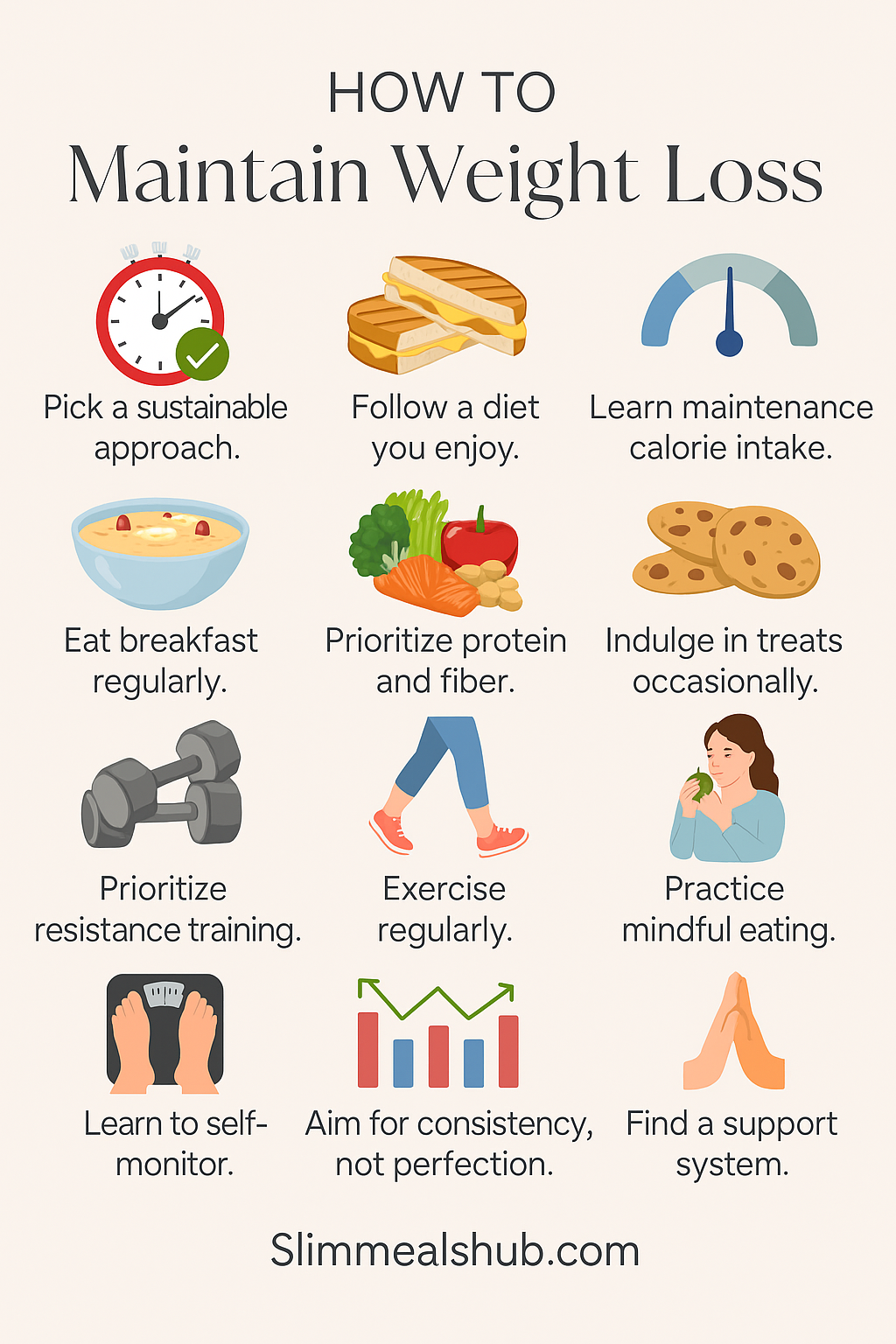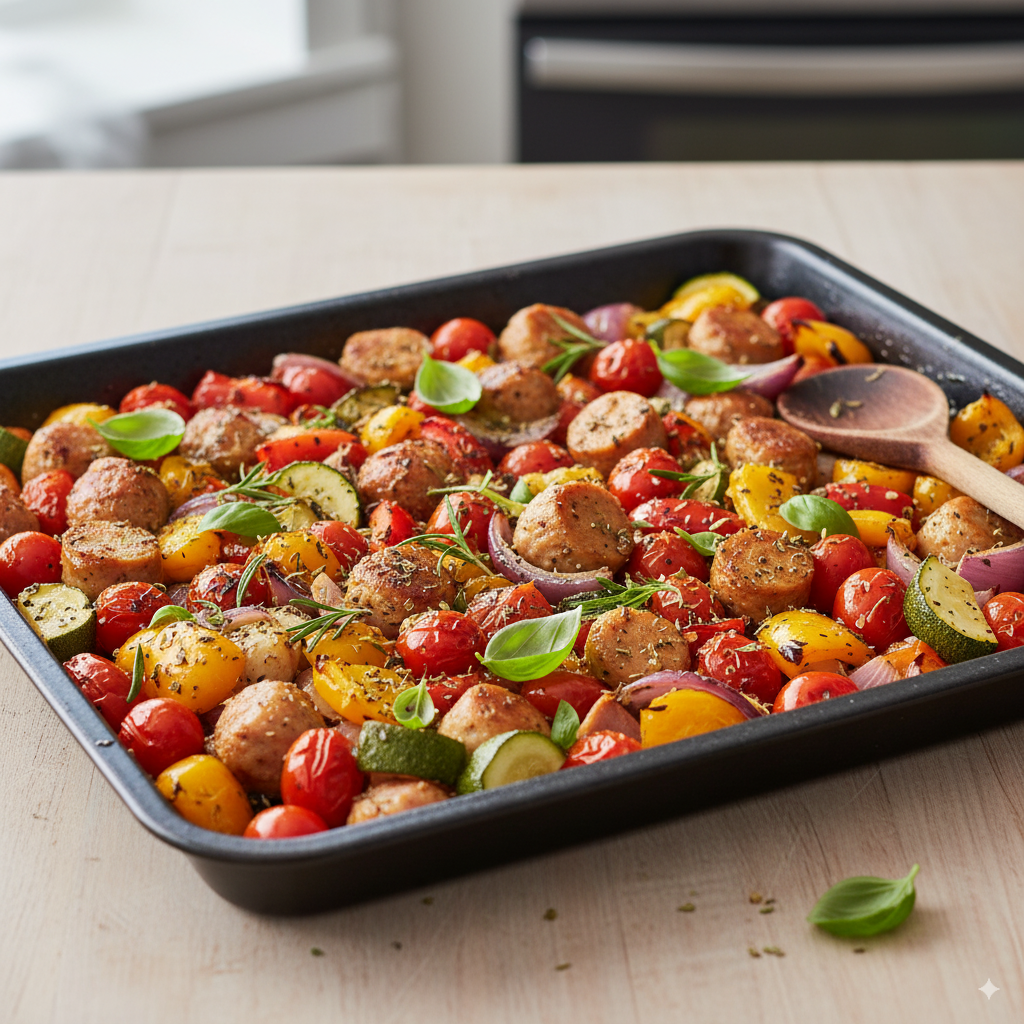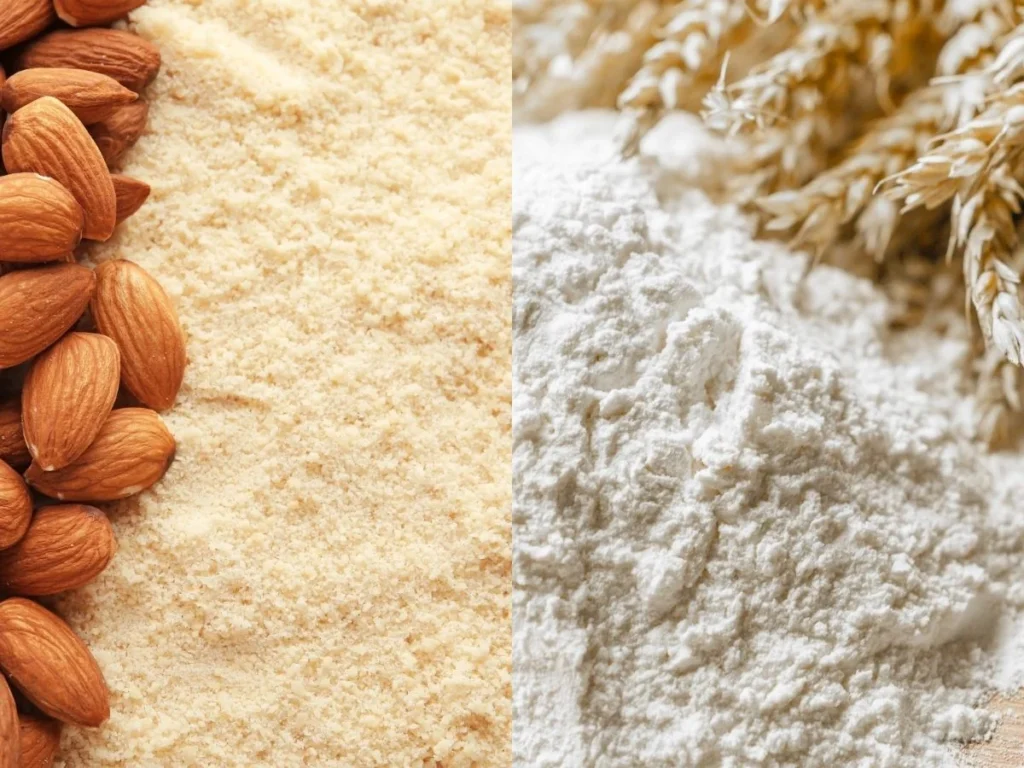Losing weight is a big achievement, but keeping it off is often a bigger challenge. Research shows that many people who lose weight regain it within a few years. This doesn’t mean weight maintenance is impossible—it simply requires the right mindset, lifestyle habits, and strategies tailored to your preferences. If you live in the U.S., where busy schedules and convenience foods often make healthy living harder, learning how to maintain weight loss is crucial. This guide will explain what weight loss maintenance means and outline 12 proven strategies to help you stay on track.
Table of Contents
What is Weight Loss Maintenance?
Weight loss maintenance refers to sustaining your reduced body weight over the long term after completing a weight loss program or diet. It’s not just about reaching your goal—it’s about keeping those results for months, years, or ideally, for life. Maintenance is different from active weight loss because the focus shifts from calorie restriction to balance, consistency, and lifestyle habits that support your current weight. It involves: eating enough calories to prevent regaining but not so many that you start gaining again, staying active to support metabolism, and monitoring your habits and weight to catch small changes before they escalate. In short, weight loss maintenance is about finding a healthy balance that you can stick to forever.

1. Pick a Sustainable Weight Loss Approach
The first step toward maintaining weight is choosing a weight loss method you can stick with. Crash diets, juice cleanses, and extreme restrictions often backfire because they’re unrealistic in the long term. If you lose weight through a program that involves foods you dislike or routines you dread, you’re less likely to sustain those habits. Instead, focus on balanced approaches like portion control, calorie awareness, or popular science-backed plans like the Mediterranean or DASH diet. A sustainable plan builds the foundation for lifelong maintenance.
2. Follow a Dietary Pattern You Enjoy
Enjoyment matters. Studies show that people are more likely to maintain weight loss when they follow an eating style that fits their tastes and lifestyle. For example, some people prefer a low-carb approach, while others do better with moderate carbs and higher protein. There’s no single “best diet”—the best one is the one you can stick to. If you enjoy your meals, you’re less likely to feel deprived and binge later. Experiment with different dietary patterns until you find what works best for your taste buds, schedule, and health goals.
3. Understand Your Maintenance Calorie Intake
Weight loss happens when you eat fewer calories than you burn. Once you’ve reached your goal weight, you need to calculate your maintenance calories—the number of calories required to keep your weight stable. This will be slightly higher than your weight-loss calories but lower than your pre-diet intake. You can estimate this using online calculators or consult a dietitian for a more personalized plan. Once you know your maintenance calories, you can eat with more flexibility without risking weight gain.
4. Eat Breakfast Regularly
Many studies suggest that people who eat breakfast are more successful at maintaining weight loss. A nutritious breakfast stabilizes blood sugar, reduces cravings, and provides energy for the day ahead. Aim for a protein-rich breakfast such as Greek yogurt with berries, scrambled eggs with veggies, or oatmeal topped with nuts. Skipping breakfast isn’t necessarily harmful for everyone, but if you notice it leads to overeating later in the day, prioritize a healthy morning meal.
5. Prioritize Protein and Fiber
Protein and fiber are two key nutrients for long-term satiety and weight maintenance. Protein helps preserve lean muscle mass, which keeps your metabolism active, while fiber adds bulk to meals and aids digestion. Incorporate lean proteins like chicken, turkey, fish, beans, or tofu, and high-fiber foods such as vegetables, fruits, whole grains, and legumes. This combination helps you feel full longer and reduces the temptation to snack unnecessarily.
Also Raed : Ground Turkey Pasta Bake – A Healthy and Comforting Dinner Recipe
6. Indulge in Treats Occasionally
Completely eliminating your favorite foods can backfire. Instead, allow yourself occasional treats in moderation. Whether it’s a slice of pizza, a small piece of chocolate, or an ice cream cone, enjoying these foods guilt-free helps you avoid feelings of deprivation. The key is portion control and frequency—don’t let treats become daily habits, but don’t ban them entirely either. Balance is essential for sustainability.
7. Prioritize Resistance Training
Strength training is often overlooked during weight maintenance, but it’s one of the most effective ways to prevent weight regain. Lifting weights or doing bodyweight exercises helps preserve and build muscle, which boosts your metabolism and increases calorie burn even at rest. Aim for at least two to three resistance training sessions per week, targeting all major muscle groups.
8. Exercise Regularly
Beyond resistance training, regular physical activity is vital for maintaining weight loss. The CDC recommends at least 150 minutes of moderate-intensity activity per week. This can include brisk walking, cycling, swimming, or group fitness classes. Find activities you enjoy so that exercise feels less like a chore and more like a lifestyle habit.
9. Practice Mindful Eating
Mindful eating involves paying attention to your hunger cues, eating slowly, and savoring your food without distractions like TV or smartphones. This practice helps you recognize when you’re truly full and prevents overeating. By listening to your body, you’re less likely to eat out of boredom or stress and more likely to stay in tune with your weight maintenance goals.
10. Learn to Self-Monitor
Keeping track of your habits is one of the strongest predictors of weight maintenance success. This can include weighing yourself weekly, tracking meals in a food diary, or using apps to log workouts. The goal isn’t perfection but awareness. Monitoring helps you notice small weight fluctuations early so you can make adjustments before regaining becomes a problem.
11. Aim for Consistency, Not Perfection
Perfection isn’t realistic, but consistency is. There will be days when you overeat, skip workouts, or indulge more than planned. The key is not letting one slip-up turn into a long-term setback. Focus on building consistent habits most of the time, and allow flexibility for life’s challenges. Over time, consistency will deliver better results than striving for perfection.
12. Find a Support System
Having a strong support system can make weight maintenance easier. Whether it’s friends, family, a workout partner, or an online community, support keeps you motivated and accountable. Surround yourself with people who encourage your healthy lifestyle instead of tempting you to revert to old habits.
FAQs About Weight Loss Maintenance
1. How many calories should I eat to maintain my weight?
This depends on your age, gender, activity level, and metabolism. Use an online calculator as a starting point and adjust based on your results.
2. Is it normal to regain some weight?
Yes, small fluctuations of 2–5 pounds are common and normal. What matters is preventing significant weight regain.
3. Do I have to exercise every day?
No, but regular activity (at least 4–5 days per week) helps keep your metabolism active and supports long-term weight control.
4. Can I still eat carbs while maintaining weight loss?
Absolutely. The key is choosing quality carbs such as whole grains, fruits, and vegetables instead of refined sugars and white bread.
5. How do I stay motivated long-term?
Set new health or fitness goals, celebrate milestones, and remind yourself why you started. Motivation comes and goes, but building habits ensures lasting results.

